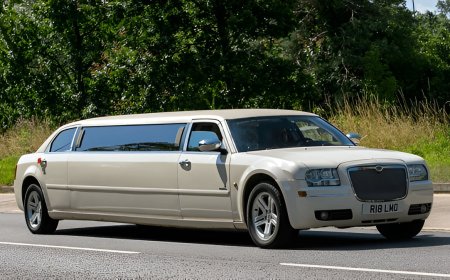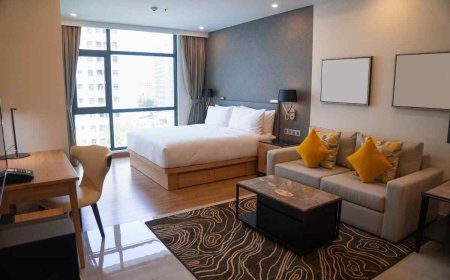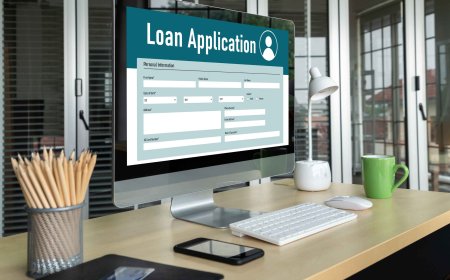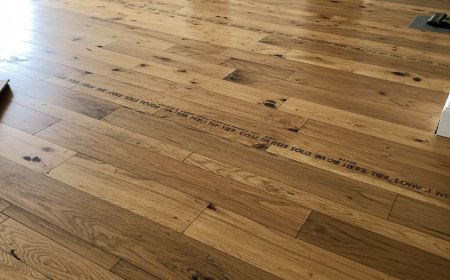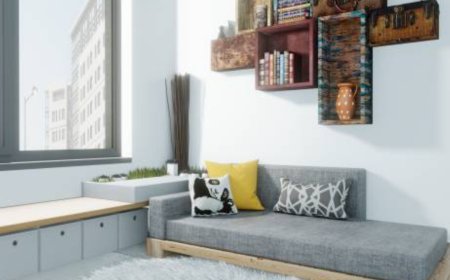The Importance of Office Table Design in Modern Workspaces
Office table design plays a crucial role in shaping the overall environment of a workspace. As the hub of daily activities for employees, the office table is more than just a functional piece of furnitureit influences productivity, comfort, and even creativity. Choosing the right office table design can transform a dull workspace into an inspiring and efficient area. This makes it essential for businesses to carefully consider the style, size, and features of office tables when planning their interiors.
An effective office table design not only caters to ergonomic needs but also complements the office aesthetics. For instance, minimalist tables with clean lines suit contemporary offices, while wooden tables with intricate detailing are perfect for traditional or classic setups. The growing trend toward open-plan offices also demands flexible office table designs that can adapt to collaborative work environments. Modular office tables and those with adjustable heights offer versatility, allowing teams to customize their workspace according to the task at hand.
Key Factors to Consider in Office Table Design
When selecting an office table, several factors come into play. Firstly, size is paramount. The table must provide ample space for computers, paperwork, and other office essentials without overwhelming the room. A cramped office table can hinder workflow and cause discomfort, while an overly large table might reduce available floor space and create clutter. Dimensions should align with the users role and tasks; for example, a graphic designer might require a broader desk area than a customer service representative.
Material choice significantly affects both the durability and appearance of the office table. Popular materials include wood, metal, glass, and engineered composites. Each offers distinct benefits: wooden tables bring warmth and sturdiness, metal frames add modernity and robustness, while glass tops contribute a sleek, clean look. Additionally, material selection influences maintenance requirements, so its important to pick an office table that suits the daily wear and tear of the office environment.
Another vital aspect of office table design is ergonomics. Proper desk height, comfortable edge design, and adequate legroom can reduce physical strain and fatigue. Tables with adjustable heights have gained immense popularity as they allow users to switch between sitting and standing, promoting healthier work habits. Features like built-in cable management, drawers, and keyboard trays also improve usability by keeping the workspace organized and minimizing distractions.
How Office Table Design Impacts Productivity
The layout and design of office tables directly impact employee productivity. A clutter-free, well-organized desk reduces distractions and increases focus. Office table designs that incorporate storage solutions enable users to keep essential items within reach while avoiding unnecessary clutter. For instance, integrated filing cabinets or under-desk drawers make it easier to store documents and supplies, preventing the tabletop from becoming overcrowded.
Moreover, office table design can foster better communication and collaboration among employees. Open desk layouts encourage teamwork by placing colleagues closer together, making it easier to share ideas and feedback. Conversely, private cubicle-style tables are ideal for tasks requiring concentration and confidentiality. Businesses need to balance these design choices depending on their operational needs, which makes flexible office tables with movable parts or modular components a smart investment.
Comfort is another productivity booster tied to office table design. Sitting at an uncomfortable or poorly designed table can lead to back pain, neck strain, and overall dissatisfaction. Ergonomically designed office tables, paired with supportive chairs, promote good posture and reduce physical discomfort. Employees who feel comfortable are more likely to stay engaged and productive throughout the workday.
Trends in Modern Office Table Design
Office table design has evolved considerably, influenced by changes in work culture and technological advancements. One notable trend is the rise of multifunctional desks that support the hybrid work model. With more employees splitting time between office and remote work, tables that can easily accommodate laptops, monitors, and other gadgets have become essential.
Sustainability is also a growing concern in office furniture design. Eco-friendly office tables made from recycled or sustainably sourced materials are becoming popular choices. These tables not only reduce environmental impact but also appeal to companies wanting to promote green office initiatives. Besides materials, manufacturers are designing office tables to be more durable and recyclable, further supporting sustainability goals.
Technology integration is another key trend shaping office table design. Modern office tables often include built-in charging ports, wireless charging pads, and cable management systems to keep devices powered and organized. Some designs even feature smart desks that monitor posture, adjust height automatically, or remind users to take breaks.
Aesthetic flexibility remains a top priority. Neutral color palettes, modular designs, and customizable elements allow businesses to create workspaces that reflect their brand identity and culture. Sleek, minimalistic office tables with clean surfaces and simple forms continue to dominate, offering timeless appeal and easy adaptability.
Choosing the Right Office Table for Your Workspace
Selecting the perfect office table requires understanding both the functional and stylistic needs of the workspace. Start by assessing the nature of the work performed. Jobs involving large documents, dual monitors, or creative tools may require spacious tables with extra storage. Conversely, roles focused on simple computer tasks may benefit from more compact and minimalist designs.
Consider the available office space carefully. Measure room dimensions and factor in circulation space to ensure that office tables dont overcrowd the environment. Remember that the table should blend well with existing furniture and overall decor style.
Investing in ergonomic features is essential for employee well-being. Adjustable height tables, rounded edges, and cable management contribute to a comfortable and organized workspace. When possible, test the office table design before purchase to evaluate comfort and usability.
Involving employees in the selection process can also lead to better satisfaction and productivity. Understanding their preferences and challenges can help choose office tables that truly support their workflow.
Conclusion: Elevate Your Workspace with Thoughtful Office Table Design
Office table design is a critical element in creating a functional, comfortable, and visually appealing workspace. From size and materials to ergonomic features and style, every detail affects how employees interact with their environment and perform their tasks. Modern trends emphasize flexibility, sustainability, and technology integration, reflecting the evolving nature of work.
Investing time and effort into selecting the right office table can enhance productivity, foster collaboration, and improve employee satisfaction. Whether you prefer a sleek minimalist desk or a robust multifunctional table, prioritizing thoughtful design ensures that your office meets both practical needs and aesthetic goals.
For businesses looking to upgrade or furnish new workspaces, the brand Office table offers a wide range of designs that balance functionality with style. Choosing the right office table is an investment in the future of your organizations success and employee well-being.





